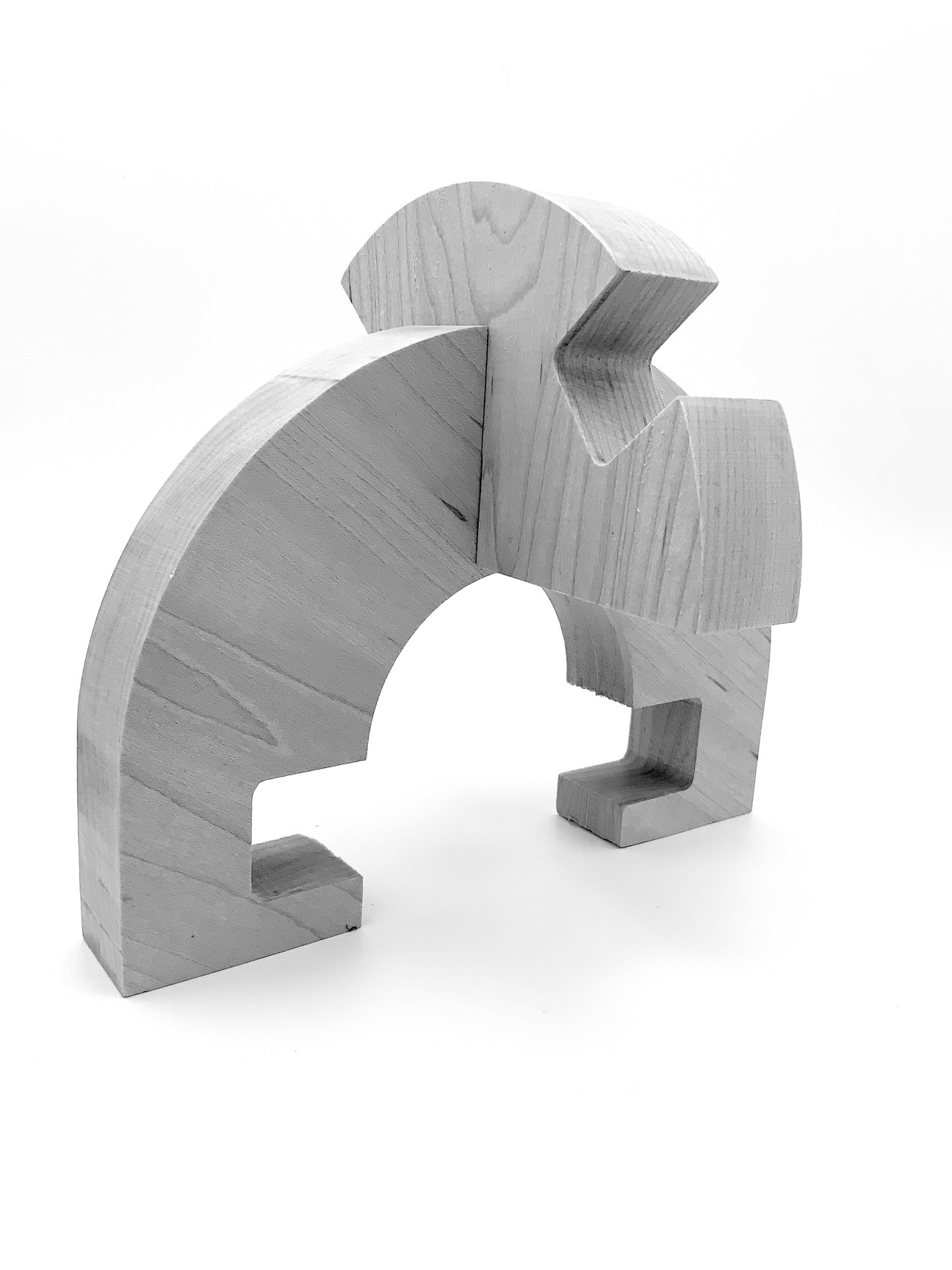
The dichotomy of work and play is an omnipresent subject in the design world, but for Ladi’Sasha Jones, play serves as both an architectural research method and a direct focus of her work. The architectural designer, theorist, and writer frequently incorporates influences from Black art, literature, theory, and cultural production into her architectural framework, using these references and histories to inform a new kind of spatial thinking. After cutting her teeth at the Ideas City program at the New Museum and The Laundromat Project in Brooklyn, Jones recently began Princeton University’s Ph.D. program in Architecture to formally expand her practice.

Jones’s dissertation research has thus far focused on expanding the canon of architectural history and the structures included within it. A few years ago, she came across archival materials collected from “card clubs”—entertainment locales at the turn of the 20th century that were built by and for Black Americans—at the Avery Research Center in Charleston, South Carolina. “It was a time when people were thinking about a new landscape,” she says, “a new relationship to the land, public and private space, and what it meant to be free in early Reconstruction.” The survey of self-built cultural spaces is “shrouded in fragility,” as she puts it—in part because of the limited documentation that remains.

This isn’t the first time “play as a critical discourse” has grounded the architect’s work, though, and her contribution to The Shed’s 2021 Open Call—entitled simply “Black Interior Space”—is an apt example. For the New York art space’s exhibition, Jones created a toy module that participants could arrange into unique forms and structures. Made out of maple wood and fabricated in geometric forms, the objects laid the groundwork for workshops at both The Shed’s Hudson Yards space and in Jones’s native Harlem. With her modules as a basis for discussion, the questions that emerged ranged from the foundational (How can transportation between the Bronx and Harlem be improved?) to the inventive (What new spaces for play and leisure are possible in our society?).
In her 2019 essay A Grammar for Black Interior Art, Jones, who is currently working on the third iteration of her toy modules, writes, “World-making is a conditional practice of the Black interior.” Indeed, she is constantly bringing a myriad of disciplines into the architectural world—and expanding the scope of possibility.










 in your life?
in your life?

